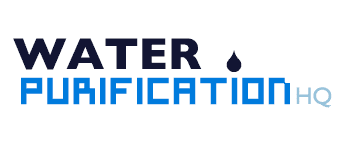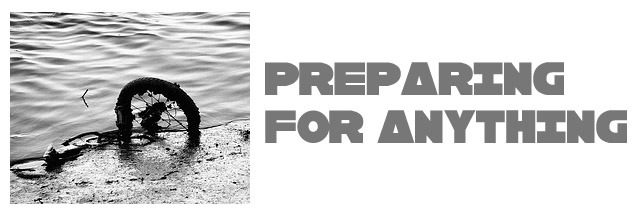This is a guest post from a site reader who wanted to share his thoughts on emergency water purification. While it does provide some good tips, we would like to emphasize that this is more water treatment than purification. Remember, the difference has to do with making water potable (treatment) and making it the highest possible standard (purification). We would love to hear your thoughts in the comments.
At some time in your life, chances are you’ll find yourself in a situation where you need to purify your home drinking water. Perhaps you don’t trust your county’s water processing methods. We’ve all heard of people getting sick and catching life-threatening diseases from drinking the public water. Another common reason people purify their water is when there’s a tornado or other natural disaster that threatens the water processing plant. Further still, some people have problems with the idea of chemical disinfectants or other contaminants that may not be taken care of my municipal facilities. Whatever the reason, it’s a good idea that you familiarize yourself with some of the most common water purifying methods that you can do at home.
Before you can purify your water, you’ll need to filter it. There are countless different types of filters on the market, including pitcher filters, tap add-ons and faucet filters just to name a few. The easiest to use a carbon faucet filter which automatically filters the water as it comes out of the faucet. The only downside to using a faucet filter is that you have to have running water in order for it to work. If your water isn’t working, then you may want to have a pitcher filter for backup.
No matter which filtering method you use, you’ll need to be sure it has a fresh filter that’s not worn out. Many filters on the market require replacing after a certain amount of uses and if you don’t take the time to do so, they lose their effectiveness. Check the label and instructions to your water filter to determine when it needs changing and how to go about changing it.
To purify your water, you first need to run it through the water filter. I recommend filling up a pitcher of water from your filtered water source. Once it’s full, it’s time to start the purification process. While some people purify their water using charcoal, I recommend boiling it to reduce the most amount of harmful microorganisms as possible. It doesn’t matter how you boil the water, whether it’s on the stove or over a fire, any method will work. The trick with boiling is that you have to keep on long enough to reach a roaring boil. Once you see it start to bubble over, wait 3 minutes and then take it off.
If you believe the water you’re purifying is possibly unsafe, then you should go one step further and add a few drops of bleach to it while you’re boiling it. This will help ensure the bacteria and pathogens are destroyed during the process. The only thing bleach isn’t effective against is Giardia and Cryptosporidium.
After the water is done boiling, give it a few minutes to cool off before drinking it. It’s safe to drink immediately after boiling, but it will be too hot and needs a little time to cool off for a while.
Purifying your water at home isn’t difficult, but it does require a few basic tools and some time. Be sure you have a water filter and some containers to store the water in once you’re done purifying it.
Photo credit: flickr user nzdave







{ 0 comments… add one }